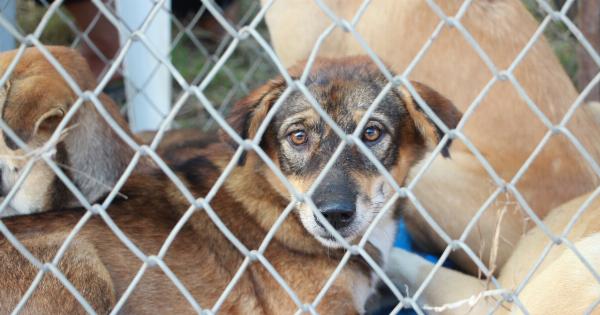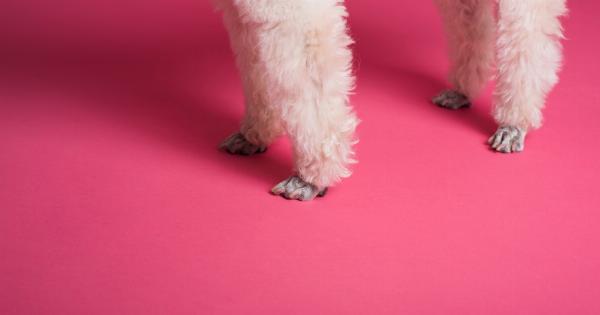The Dogo Argentino, also known as the Argentine Mastiff, is a powerful and majestic breed that originates from Argentina.
These dogs are renowned for their strength, loyalty, and gentle nature, making them an ideal choice for families and individuals looking for a loyal and protective companion. In this article, we will explore the history, characteristics, temperament, and care requirements of the Dogo Argentino.
History of the Dogo Argentino
The Dogo Argentino breed was developed in the early 20th century by a surgeon named Antonio Nores Martinez. Martinez aimed to create a hunting dog that could endure the harsh conditions of Argentina and excel in big game hunting, primarily wild boar.
To achieve this, he crossed various breeds, including the Great Dane, Boxer, Pointer, Bulldog, and Bull Terrier.
The result of these carefully selected breedings was the Dogo Argentino, a powerful and versatile dog that possessed exceptional hunting skills, strength, and courage.
The breed was officially recognized by the FCI (Federation Cynologique Internationale) in 1973.
Physical Characteristics
The Dogo Argentino is a large and muscular dog with a well-defined athletic build. These dogs have a strong and powerful head with a wide skull and well-developed cheekbones. Their almond-shaped, dark eyes exhibit an intelligent and confident expression.
The ears of a Dogo Argentino are traditionally cropped, although more recent trends lean towards leaving them natural.
One of the most distinctive features of the Dogo Argentino is its short and dense white coat. While white is the accepted color for this breed, a small black patch on the head is also permissible.
The coat is thick and helps protect the dog from both extreme temperatures and the rough elements experienced during hunting.
Male Dogo Argentinos typically stand between 24 to 27 inches (61 to 69 cm) at the shoulder, while females are slightly smaller, ranging from 23 to 25.5 inches (58 to 65 cm).
Males generally weigh between 88 to 100 pounds (40 to 45 kg), with females weighing a bit less, around 80 to 88 pounds (36 to 40 kg).
Temperament and Personality Traits
Despite their fearsome appearance, Dogo Argentinos are known for their gentle and loyal nature. They are highly intelligent and easily trainable, making them suitable for various tasks such as search and rescue, police work, and as therapy dogs.
However, their strong guarding instincts and protective nature make them excellent guard dogs and protectors of their families.
With proper socialization and training from an early age, Dogo Argentinos can be friendly and affectionate with their family members, including children. They are often tolerant and patient, making them a good fit for families with kids.
However, it is important to supervise interactions between dogs and young children to ensure the safety of both.
It is worth mentioning that Dogo Argentinos tend to be dominant and assertive, so it is crucial for owners to establish themselves as firm leaders.
Consistent positive reinforcement training methods work best with this breed, as they do not respond well to harsh training techniques.
Exercise and Training
The Dogo Argentino is an active breed that requires regular exercise to stay happy and healthy. Daily walks, jogs, or runs are necessary to fulfill their exercise needs.
In addition to physical exercise, mental stimulation is equally important to prevent boredom and destructive behaviors.
Training sessions should begin early in a Dogo Argentino’s life to ensure they grow into well-behaved and obedient adults.
As mentioned earlier, positive reinforcement training techniques are recommended, as this breed responds well to rewards and praise. Socialization is also essential, exposing the dog to different people, animals, and environments to help them become well-rounded individuals.
Health and Care
Overall, the Dogo Argentino is a healthy breed with a relatively low incidence of hereditary diseases. However, like any dog breed, they are susceptible to certain health conditions.
The most common health issues seen in Dogo Argentinos include hip dysplasia, deafness, allergies, and hypothyroidism.
To ensure the well-being of a Dogo Argentino, regular veterinary check-ups, a balanced diet, and sufficient exercise are vital.
The breed’s short white coat is easy to maintain and only requires occasional brushing to remove dead hair and keep the coat looking clean and healthy.
Living with a Dogo Argentino
If you are considering adding a Dogo Argentino to your family, there are a few important factors to keep in mind.
Firstly, due to their size and exercise requirements, these dogs are best suited to homes with ample space and preferably a secure backyard. They are not well-suited for apartment living due to their need for physical activity and mental stimulation.
Additionally, Dogo Argentinos are not recommended for first-time dog owners. They require an experienced and confident handler who can provide consistent training, socialization, and boundaries.
Early socialization is essential to ensure they grow up to be well-adjusted and friendly dogs.
Finally, it is important to note that the Dogo Argentino is banned or restricted in some countries due to their powerful build and perceived aggression.
It is crucial to research and understand local regulations and restrictions before bringing a Dogo Argentino home.
Conclusion
The Dogo Argentino is a remarkable breed that combines strength, loyalty, and a gentle nature. They make excellent family pets when given the right environment, training, and socialization.
With their striking appearance and versatile skill set, these brave giants have captured the hearts of many dog enthusiasts.



























